Are Diesel Hybrids the Answer?
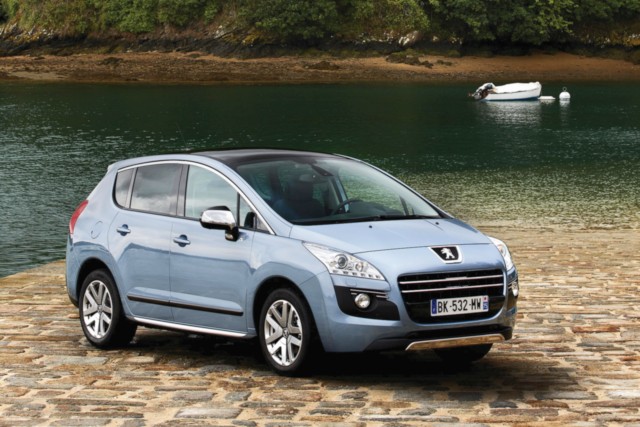
Peugeot 3008 HYbrid4 – the first diesel-electric hybrid
A diesel hybrid, even a mild-hybrid, sounds extremely viable. Even a tiny 1.6-litre turbo-diesel engine is capable of generating 350 Nm of peak torque, as much as a 3.5-litre regular atmospheric V6 petrol engine. Furthermore, throw in electric assist and it becomes extremely intriguing. Of course, diesel hybrids aren’t new. They’ve been produced before and with encouraging results. Peugeot were the first off the block in 2011 with their 3008 HYBrid 4. The technology claimed to cut fuel consumption by 35 per cent, while essentially offering twin engines for four-wheel driveability. A 2.0-litre four-cylinder turbo-diesel engine was paired with an electric motor and resulted in CO2 emissions of 99 g/km. What followed then was more players in the arena. A year later, both Mercedes-Benz and Volvo successfully created diesel hybrid powertrains that delivered exceptional fuel economy as well as performance. I, myself, have sampled the 2013 Volvo V60 D6 Plug-in Hybrid in Sweden at the company’s test track to get a first-hand experience.
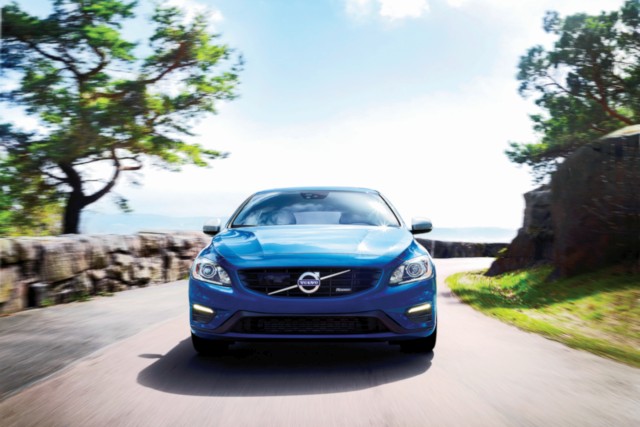
Back then, when Volvo’s Drive-E used to point to a D2 diesel manual, the D6 used a 2.4-litre in-line five-cylinder D5-spec turbo-diesel engine, making 215 PS and 440 Nm, driving the front wheels, together with an electric motor, making 70 PS and 200 Nm, driving the rear wheels. The V60 allows up to 50 km of driving on pure electricity. In Hybrid mode, it uses the combustion engine as a generator to recharge the battery pack that powers the motor, which leads to a claimed 54.9 km/l fuel efficiency and 48 g/km of CO2. The real-time efficiency figures were not far off, with an indicated 49 km/l flashing on the trip computer.
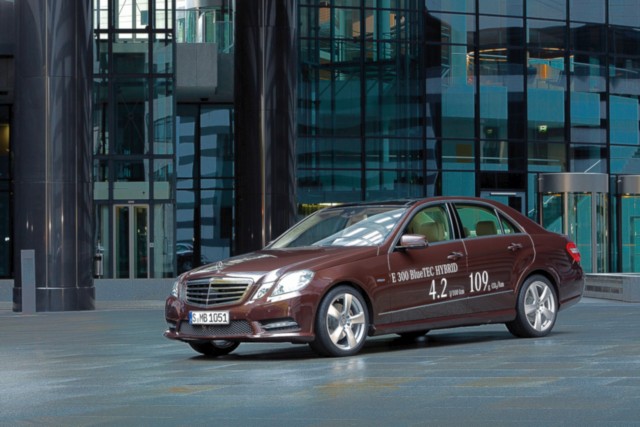
Another example comes in the form of the record-setting 2012 Mercedes-Benz E 300 BlueTEC Hybrid. This one paired the 2.2-litre in-line four, turbo-diesel engine making 204 PS and 500 Nm with a 20-kW e-motor making 27 PS and 250 Nm. It claimed a fuel efficiency of 4.2 l/100 km, or 23.9 km/l, with CO2 emissions of 109 g/km. The use of the e-motor led to 15 per cent lower fuel consumption and CO2 emissions than the E 250 CDI, which used only the diesel engine without the electric motor, in real-world road traffic conditions. This efficiency was augmented in 2014, when the car travelled 1,968 kilometres from Tangier in North Africa to Goodwood in England without having to refuel — and, on reaching its destination, still had enough fuel left to go another 160 kilometres. The smaller and lighter C 300 BlueTEC Hybrid had even more encouraging numbers: 27.8 km/l and 94 g/km.
Fast-forward half a decade, and there is a greater need for cleaner mobility. The technologies to create such sustainable examples of motoring are being readied. Cloud-connectivity and the internet-of-things (IoT) will further help fuel savings by increasing awareness of what lies ahead. While Volvo have announced no more diesel engines, Mercedes-Benz have mentioned an incoming new diesel-hybrid C-Class, a successor to the C 300 BlueTEC. Pairing their modern OM654 turbo-diesel engine with their EQ technology seems to be a massive step forward in the right direction, especially when the advanced means of emission control are taken into consideration. Audi, too, are preparing to give their TDI diesels a new lease of life by mating them with electricity. Let’s not forget the very first name to break the 100 km/l barrier: the Volkswagen XL1.
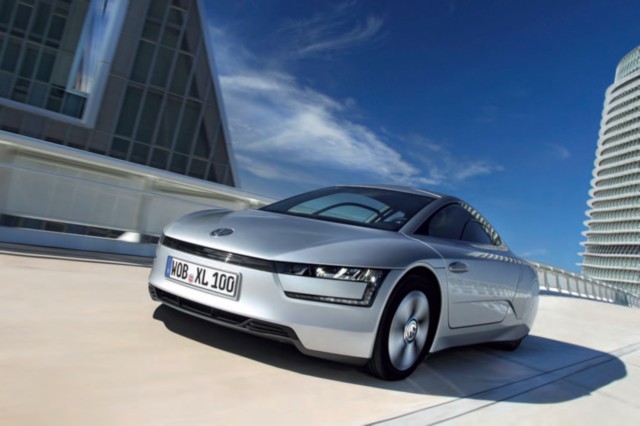
Volkswagen XL1 – the diesel hybrid that returns up to 116 km/l
The XL1 was conceptualised to be lightweight, aerodynamic, and efficient. With a drag coefficient of 0.189, it was also among the most aerodynamic creations. The powertrain combined an 800-cc twin-cylinder diesel with 48 PS and 121 Nm and an electric motor making 27 PS and 140 Nm. With its 795 kg weight, it was able to travel 50 km on pure electric power, and, with the engine running, capable of acceleration from zero to 100 km/h in 12.7 seconds and reaching a top speed of 160 km/h. Finally, in hybrid mode, with its very evident energy regeneration from braking, it was capable of a fuel consumption figure as high as 116 kilometres per litre and CO2 as low as 21 g/km. Having it sampled it myself at the Bosch Proving Ground, it indeed was an eye-opening experience.
Going fully electric may not be the solution for larger vehicles, but a diesel hybrid in today’s world may just provide some much-needed answers to recurring questions.
Could There be More?
More hope for diesels comes from researchers at Lund University, Sweden, working in collaboration with Swedish Biomimetics 3000. They have developed a new technique to more efficiently take care of harmful NOx emissions from the exhaust of diesel engines. The new technology applies a more efficient injector into existing emission control systems currently installed in Euro 6-class vehicles and is expected to be in production within the next two years.
The injector developed has been inspired by the bombardier beetle. Nature has equipped this small beetle with a built-in chemical reactor that fires a warm, toxic, liquid spray from its abdomen when it feels threatened. The construction of the beetle’s defence mechanism is a natural phenomenon and has fascinated and inspired researchers and engineers alike. The tests performed in the Lund University engine laboratories using the new injector show that it is able to reduce the NOx content of the exhaust to a significantly lower level than present technology allows. Per Tunestål, professor of combustion engines at the University, said what they have done is create a spray with many small warm droplets which are injected at much higher speed than what today’s systems are capable of.
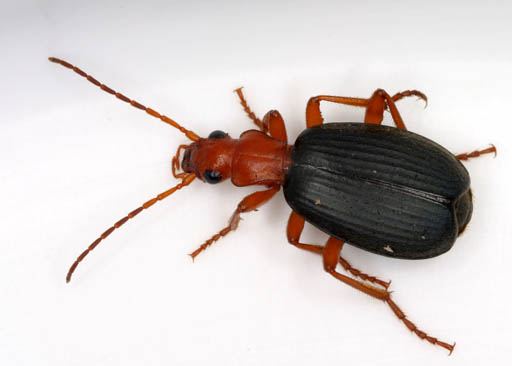
Bombardier Beetle of the Brachinus species
Besides, technological advancements in the field of electric motoring have led to more adaptations of powerful and more compact offerings in the form of Bosch’s eAxle or Continental Axle Drive, which integrate the electric drive system, control electronics and the inverter and reducer units to make for an out-of-the-box electric solution. This reduces the effort of developing a new drive unit by offering an integrated solution that could well be paired with combustion engines, if not heavy battery packs.
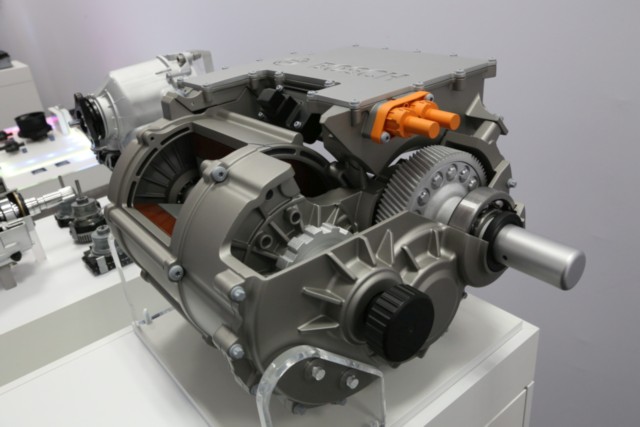
Bosch eAxle integrates drive motor, transmission and control electronics
Finally, there is the battery solutions itself. Modern batteries are nowhere nearly an optimal energy storage solution. With research on solid-state batteries well under way, it’s only a matter of time before more power-dense solutions that are much, much lighter and occupy less space present themselves.
Let’s wait and see how the whole thing pans out, and if a diesel-hybrid can indeed work like a well-oiled machine should.
The Ed Speaks
A few years ago, I had the chance to speak to Dr Ulrich Hackenberg. He shared his view that a connected diesel-hybrid car would be ideal to tackle the problems of pollution. The reasons are many. You would get three cars in one: electric, hybrid, and performance.
A future diesel-hybrid would be capable of travelling about 60 km on one charge, enough for most daily commutes. When it comes to highway drives — for example, Pune to Mumbai, about 150 km apart — the car will exit the city on electricity, switch to hybrid mode with extremely low CO2 and fuel consumption, yet recharge the battery pack simultaneously. Future cloud-connectivity and a connected navigation system will also allow the car to anticipate power and range needs and even detect traffic conditions, making for a more efficient journey. Once the car reaches the destination city, it switches back to electric power. Furthermore, the combined peak output of the electric motor and diesel engine engine would deliver outstanding performance.
– Aspi Bhathena


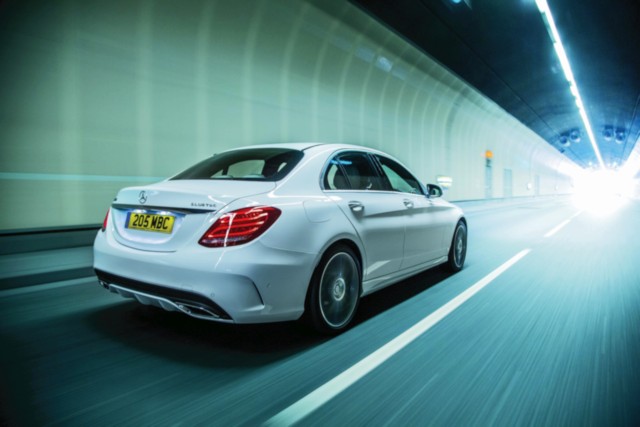



















AIR Index Tests Real-world NOx Emissions - Car India
[…] Also read: Diesel, Electricity and Air – a Look at Future Propulsion […]